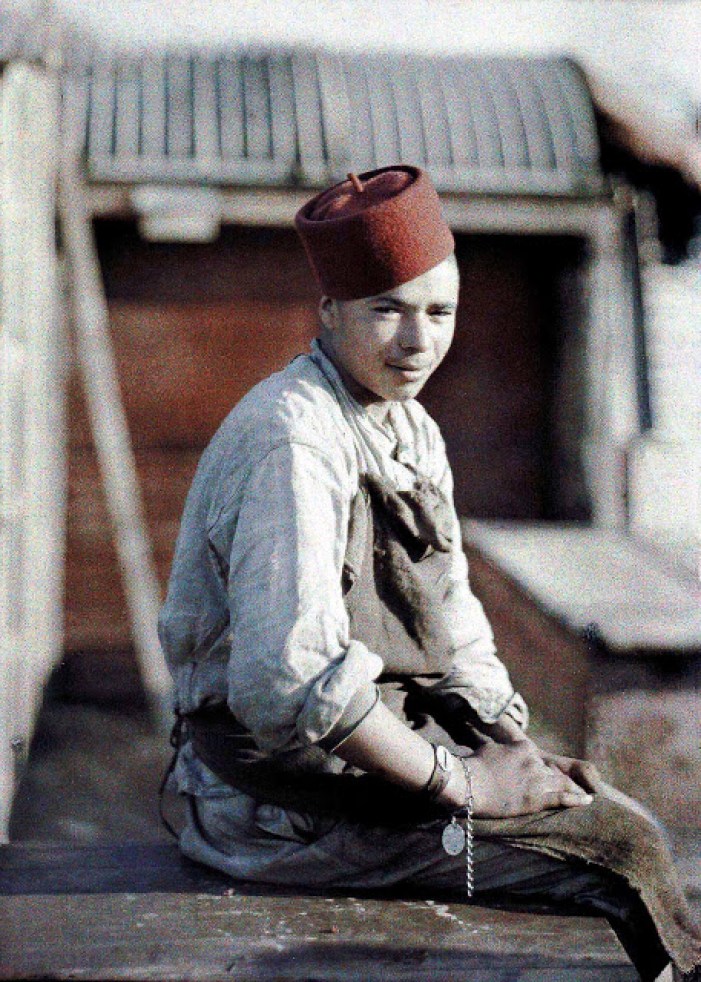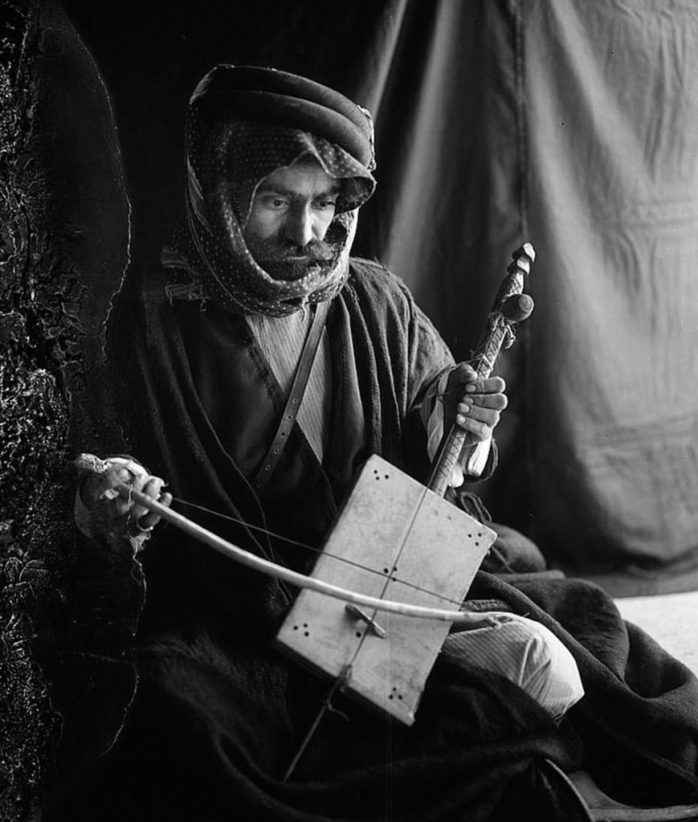Arab men. There’s a lot to say about them.
Whether they are doctors, engineers, IT guys, artists, entrepreneurs or ordinary guys with ordinary jobs living ordinary lives, often or not the media has portrayed them as toxic, masculine, misogynists. Terrorist soldiers’ followers of dictators. Fanatic sexist, playboys, sons of oil tycoons driving Ferraris, eating hummus and smoking water pipes.
Negative stereotypes are nuanced if you study the narratives long enough, but all have one common thread. Arab men are terrible, terrible people.
It’s hard to understand, define or categories the identity of the Arab man. What makes him? His history, culture, his experience? Or simply how he is presented to the world?
It’s our ethos at The Arab Edition not to prove points but to discover things. Exploration and research is important to us. We are also the first to put our hands up and say, we’re learning about ourselves along with you.



































